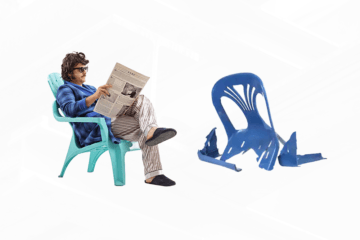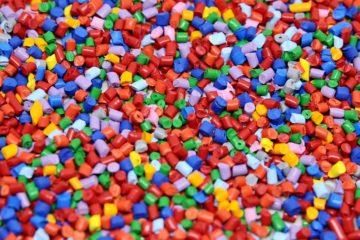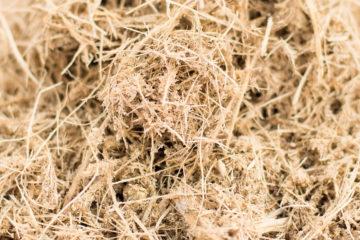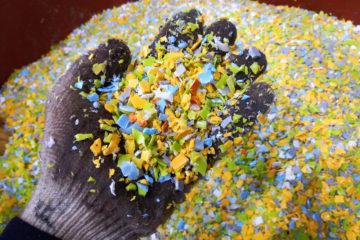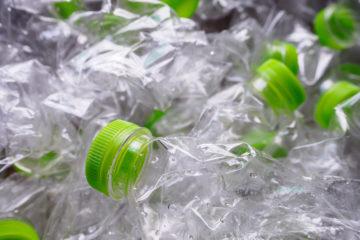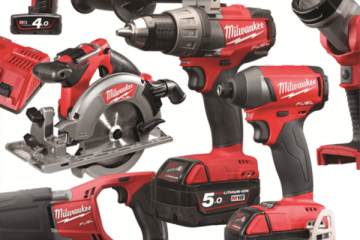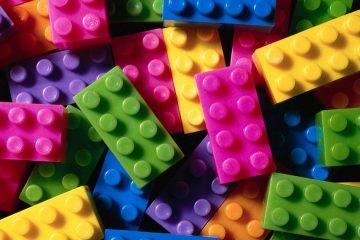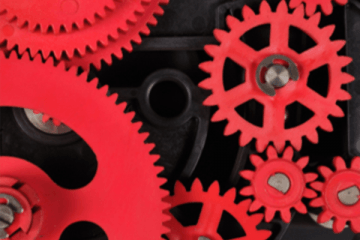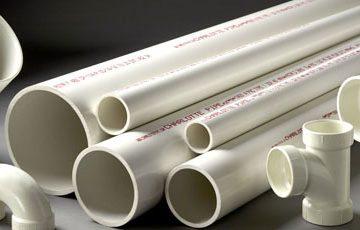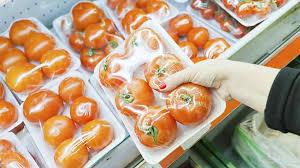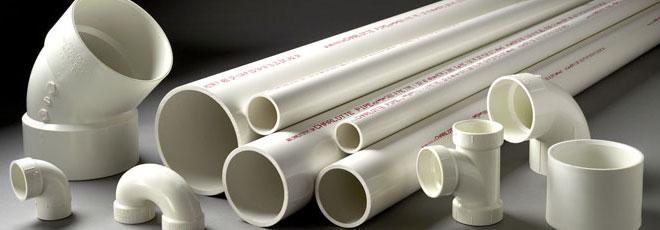
Polyvinyl Chloride (PVC) is an unsung hero of the plastics industry. Whenever there is a dirty outdoor job, PVC is often the go-to material.
PVC has been around longer than most plastics having been first synthesized in 1872 and commercially produced by B.F. Goodrich Company in the 1920s. By comparison, many other common plastics were first synthesized and became commercially viable only in the the 1940s and 1950s. It is used most commonly in the construction industry but is also used for signs, healthcare applications, and as a fiber for clothing.
PVC is a naturally white and very brittle (prior to the additions of plasticizers) plastic produced in two general forms. First as a rigid or unplasticized polymer (RPVC or uPVC), and second as a flexible plastic. Flexible, plasticized or regular PVC is softer and more amenable to bending than uPVC due to the addition of plasticizers like phthalates (e.g. diisononyl phthalate or DINP). Flexible PVC is commonly used in construction as insulation on electrical wires or in flooring for homes, hospitals, schools, and other areas where a sterile environment is a priority, and in some cases as a replacement for rubber. Rigid PVC is also used in construction as pipe for plumbing and for outdoor adhesive sheeting which is commonly referred to by the term “vinyl”. PVC pipe is often referred to by its “schedule” (e.g. Schedule 40 or Schedule 80). Major differences between the schedules include things like wall thickness, pressure rating, and colour.
Polyvinyl Chloride is relatively inexpensive, has very good tensile strength and very good chemical resistance. It also has excellent UV stability, and is one of the longest lived plastics for outdoor use. It is also very dense and thus very hard, resisting impact deformation very well relative to other plastics.
On the downside Polyvinyl Chloride has very poor heat stability. For this reason additives which stabilize the material at higher temperatures are typically added to the material during production. This is also the reason nearly all outdoor uses of PVC such as piping or furniture use white material, to limit the solar energy is can soak up.
Polyvinyl Chloride emits toxic fumes when melted and/or subject to a fire. It also emits corrosive gasses when undergoing injection moulding, requiring PVC tooling to be made from stainless steel.
Although there are some shortcomings, Polyvinyl Chloride is a great material overall. It has a unique blend of qualities that make it particularly useful for the construction business. If PVC isn’t the right plastic for your project, take a look at our article on 10 Common types of plastics.
Subscribe to Our Newsletter
Get the latest news from Dienamics into your inbox














